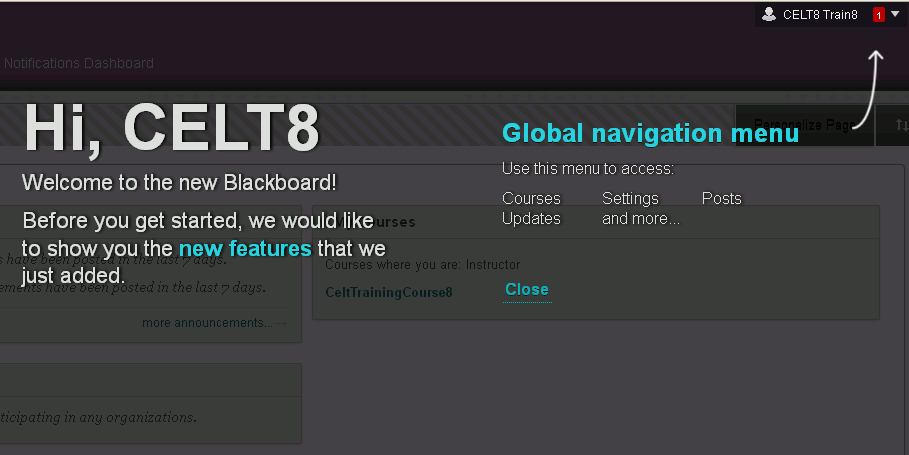LTI Integration for Blackboard
LTI (or, Learning Tools Interoperability®) is a standard from IMS Global that several learning platforms have adopted to provide interoperability. Applications that are LTI-compliant can work with any platform that is also LTI-compliant, as long as it's a supported version of LTI.
API Integration for Blackboard
API integration allows apps to directly communicate with Blackboard through the proprietary Blackboard API. Users can authenticate into an external app using their Blackboard credentials through an OAuth 2.0 workflow. It should be noted, though, that Blackboard's implementation of OAuth 2.0 is somewhat non-standard.
Should I Use API or LTI to Create a Blackboard Integration?
The type of integration that you should build will depend on the needs of your customer. Some schools particularly need LTI integration with their Blackboard environments. Others may be looking for a solution that includes features that are better supported by API integration, such as school or district-wide rostering and assignment creation.
What is Blackboard Learn?
Blackboard Learn supports the integration of external applications built using Blackboard Learn REST APIs. Before you can use an integration with Blackboard Learn, an administrator must register it with Blackboard Learn.
What is a building block in Blackboard?
Many Blackboard administrators are familiar with Building Blocks. Building Blocks are the original method for creating extensions for Blackboard Learn. In 2014, Blackboard released public access to a suite of REST APIs for accessing Blackboard Learn.
What are the advantages and disadvantages of building blocks?
The chief advantage of a Building Block is that it lives on the Blackboard Learn server so there is no need for an IP connection or network traffic. The chief disadvantage of a Building Block is that it lives on the Blackboard Learn server is more tightly coupled with it. Changes to one are more likely to conflict with or break the other.

Popular Posts:
- 1. blackboard accidently deleted email tool?
- 2. include extra credit in calculated column blackboard
- 3. sketchpad app windows blackboard
- 4. how to make a particular course load as the homepage on blackboard
- 5. who to enter grades into blackboard
- 6. download video blackboard collaborate
- 7. blackboard collaborate moderator load time
- 8. goggle blackboard
- 9. texas a&m corpus christi blackboard
- 10. sharing audio on blackboard collaborate